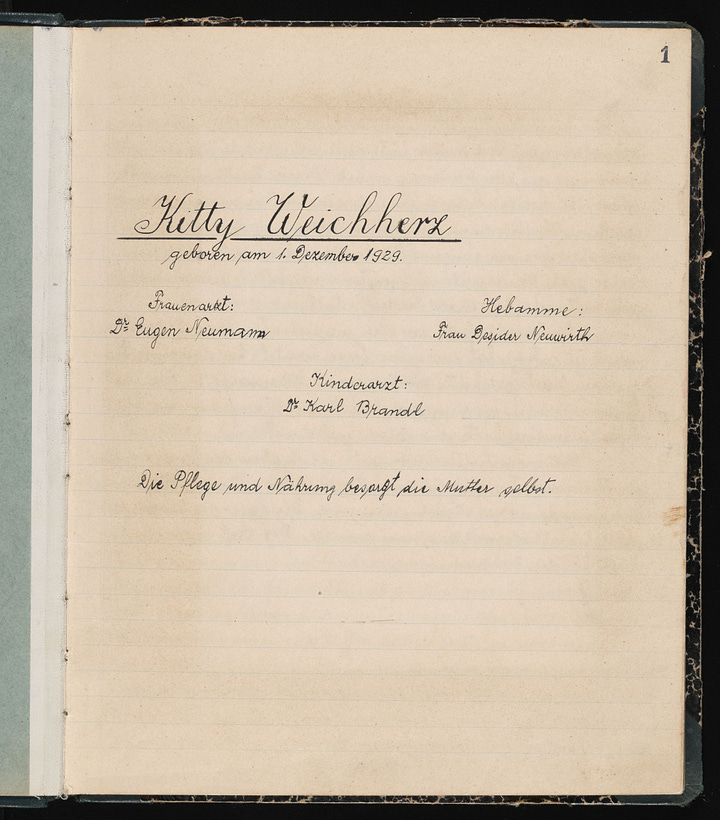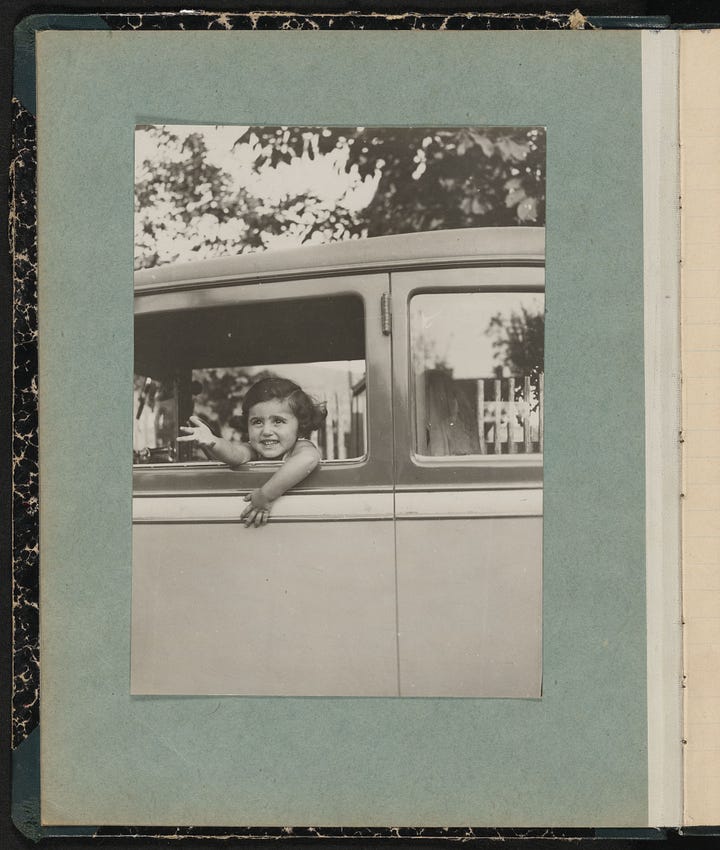Get off the old path.
The Holocaust.
The scale of loss is incomprehensible, and the directors of the US Holocaust Memorial Museum seem to understand this.
So, they have made available more than one thousand family journals and diaries of Holocaust victims which tell the story of loss on a personal scale.
Among them is the diary of Béla Weichherz, a Jewish man from Czechoslovakia, who began writing about his only child, Kitty, soon after her birth in 1929.1


Béla’s diary begins as most baby books do, with the recording of milestones in Kitty’s growth and development.
She learns to speak in four languages.
She loves fairy tales and recites them to her dolls.
There are photographs of little Kitty, then drawings she has made, and then entries that Kitty, herself, has written.


As Kitty was growing into girlhood, her homeland, Czechoslovakia, was undergoing cataclysmic changes.
Nazi Germany dismantled the country in 1938 and conditions for Jewish people grew dire.
Béla’s diary entries reflect the new difficulties his family faced.
“I should also note how Kitty is reacting to the turbulent political circumstances these days. Above all else, she often asks questions to which one can’t give good answers. She figured it out on her own that nowadays it is not a good thing to be a Jew.”
The Weichherz family soon lost their home.
Kitty was forced to withdraw from public school.
Béla lost his job.
In March 1942, the Slovak government signed an agreement with Nazi Germany which permitted the deportation of Slovak Jews, as a part of Hitler’s Final Solution.
More than seventy thousand Slovak Jews would be sent to concentration camps.
“I have only one wish: to go together with Kitty and Mama…. For her age, Kitty is strong enough that she could go, but one would prefer to stay by the side of one’s child in such a difficult situation.” — the last lines of Béla’s diary

In June 1942, the Weichherz family was sent to Sobibor, a camp located deep in a forest in eastern Poland.

Sobibor’s sole purpose was the killing of Jews, and the Weichherz family is presumed to have been killed upon their arrival.
Kitty was then twelve years old.

Kitty’s death came at the end of a long road which had begun more than a dozen years before, with an angry nation’s embrace of a charismatic leader’s fascist ideology.
It is a ground truth: people elect leaders who promise to solve their problems, and Hitler promised Germans that he would solve theirs.
Critics of fascist politicians will not defeat them.
But a buoyant, self-confident messenger who offers credible alternative solutions to improve people’s lives can win.
******************************
I’ll see you tomorrow.
— Brenda
















Share this post